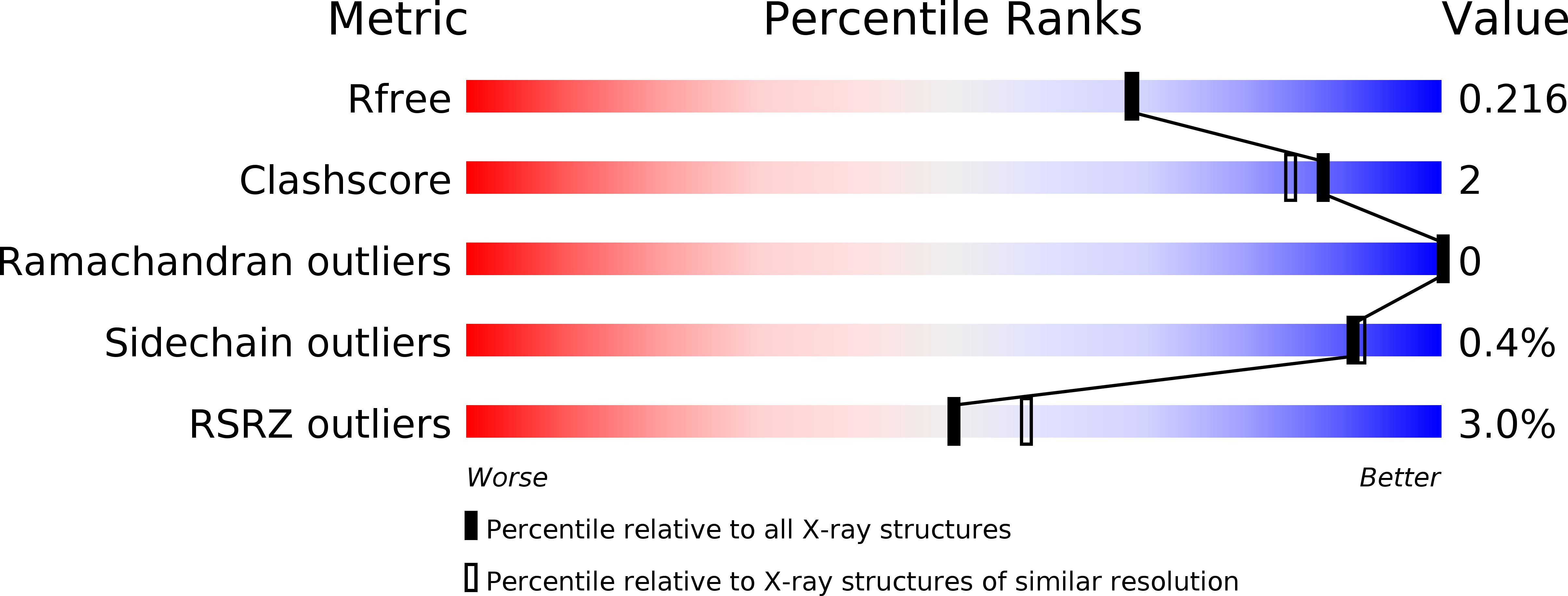
Deposition Date
2016-05-10
Release Date
2016-10-26
Last Version Date
2025-10-01
Entry Detail
PDB ID:
5JUF
Keywords:
Title:
Crystal structure of the apo form of ComR from S. thermophilus.
Biological Source:
Source Organism:
Streptococcus thermophilus LMD-9 (Taxon ID: 322159)
Host Organism:
Method Details:
Experimental Method:
Resolution:
1.95 Å
R-Value Free:
0.21
R-Value Work:
0.18
R-Value Observed:
0.18
Space Group:
C 2 2 2


